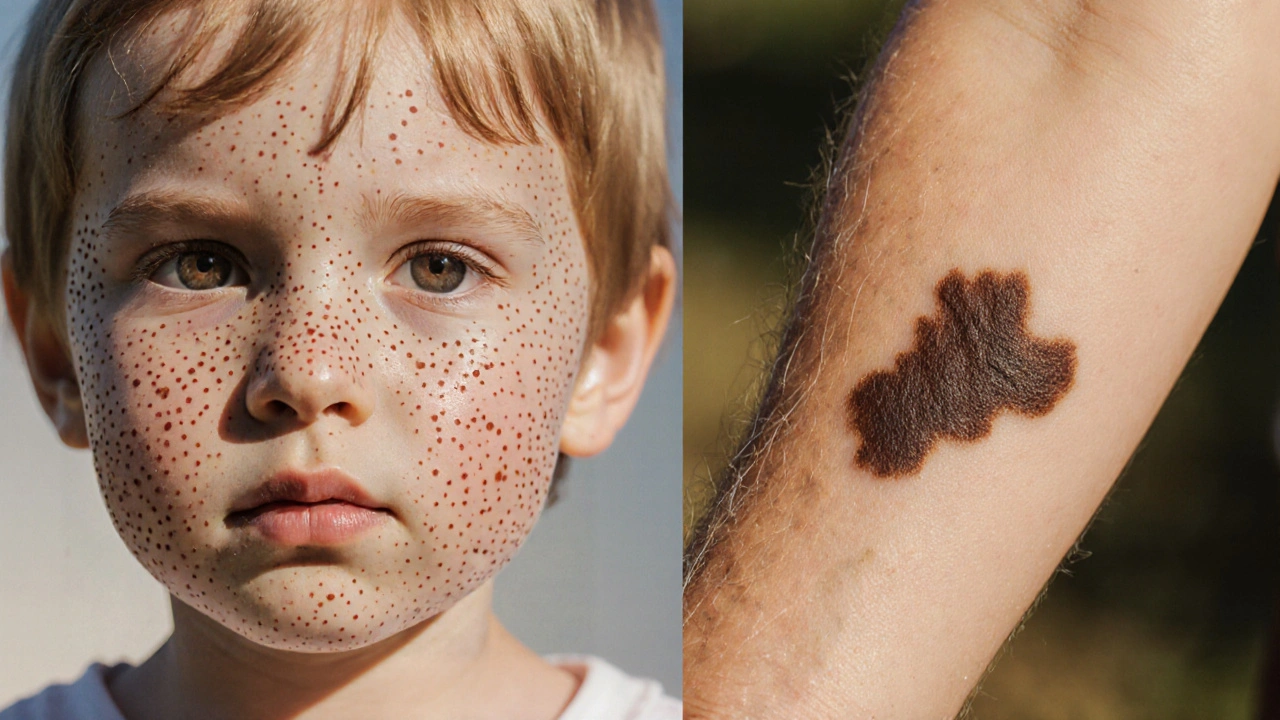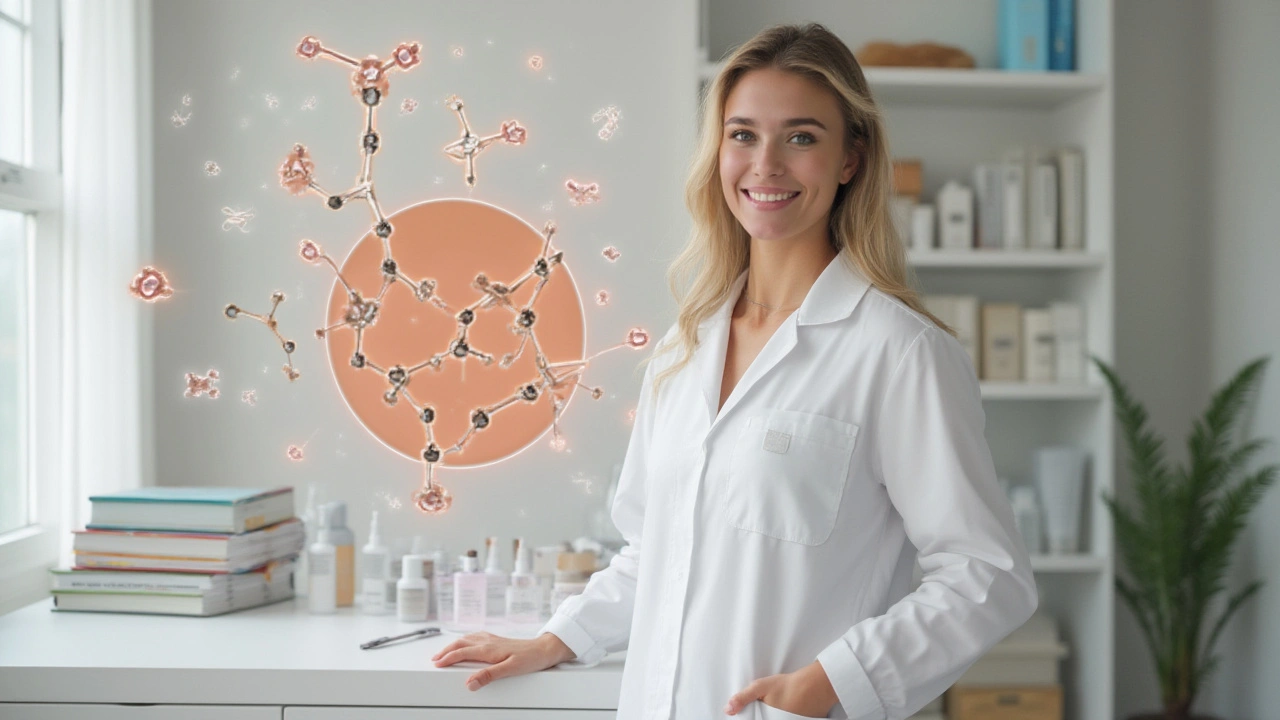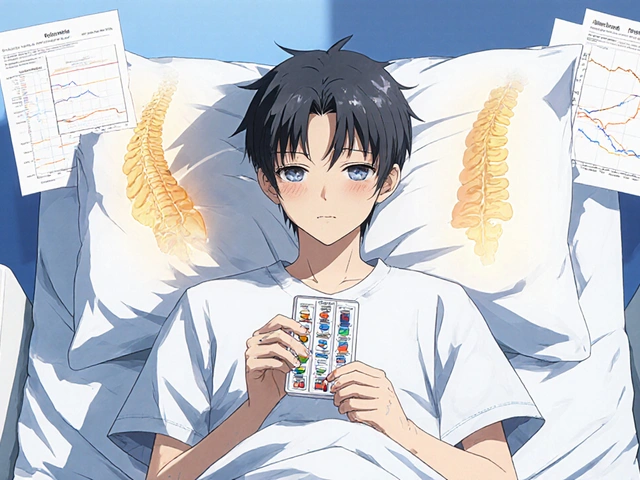Skincare: Everyday Tips and When Medicine Helps
We all want smooth, healthy skin, but the road to clear skin can be confusing. Below you’ll find simple daily habits that work for most people and clear signals when it’s time to bring a medication into the mix.
Everyday Skin Care Basics
Start with a gentle cleanser. Choose a product that removes dirt without stripping natural oils—think mild, fragrance‑free formulas. Rinse with lukewarm water; hot water can dry out the barrier and trigger irritation.
After cleansing, moisturize while your skin is still damp. A lightweight, non‑comedogenic lotion locks in moisture and supports the skin’s repair system. If you have dry patches, look for ceramide‑rich creams; they reinforce the barrier and reduce flakiness.
Hydration goes beyond the bottle. Drinking enough water helps keep skin cells plump, but topical hydration matters too. A short, occlusive layer—like a thin sheet of petroleum‑based ointment—can speed up healing of minor abrasions or cracked skin.
Sun protection is non‑negotiable. Even on cloudy days, UV rays penetrate and break down collagen. A broad‑spectrum SPF 30 or higher applied every morning protects against premature aging and reduces the risk of skin cancer.
Don’t forget night‑time care. Your skin repairs itself while you sleep, so a night cream with antioxidants or a modest retinoid (if your skin tolerates it) can boost renewal. Start with a low concentration and use it two to three times a week to avoid redness.
When to Reach for Medication
Sometimes lifestyle tweaks aren’t enough—especially with stubborn acne, eczema flare‑ups, or persistent inflammation. In those cases, a targeted medication can make a big difference.
For moderate to severe acne, isotretinoin (often marketed as Tretiva) is a proven option. It reduces oil production, clears clogged pores, and can prevent scarring. Because it’s powerful, you’ll need a prescription, regular blood tests, and strict birth‑control measures for women.
Eczema sufferers often turn to Elidel cream, which contains pimecrolimus. It calms inflammation without the skin‑thinning effect of steroids. Apply a thin layer to affected areas twice daily, and watch for mild burning that usually fades within a week.
If you notice frequent skin infections, a topical antibiotic like Bactroban can help. Use it exactly as instructed—typically twice a day for a week or two—to avoid resistance.
When a medication is suggested, always verify the pharmacy’s credibility. Look for UK‑registered online pharmacies that require a prescription and display a valid registration number. Avoid sites that promise cheap meds without a doctor’s note; they’re often unsafe.
Finally, remember that skin health reflects overall wellbeing. Balanced nutrition, adequate sleep, and stress management all play a role. Adding omega‑3 rich foods, reducing sugar spikes, and practicing relaxation techniques can improve skin tone and reduce flare‑ups.
By combining solid daily habits with smart, doctor‑guided medication when needed, you give your skin the best chance to look and feel its best. Use the resources on PharmaSea to learn more about each product, dosage, and safety tip before you start any treatment.
Freckles vs. Age Spots: Identify, Understand & Treat
Learn how to differentiate freckles from age spots, understand their causes, and discover effective prevention and treatment tips for healthier skin.
Benzoyl Peroxide in Hormonal Acne: Clearer Skin with Science-Backed Results
Discover how benzoyl peroxide targets hormonal acne, backed by science and real-life tips for clearer skin. Get facts, tips, and honest advice from Bristol.







